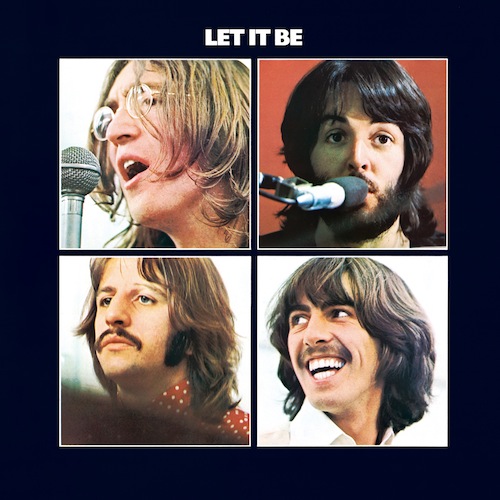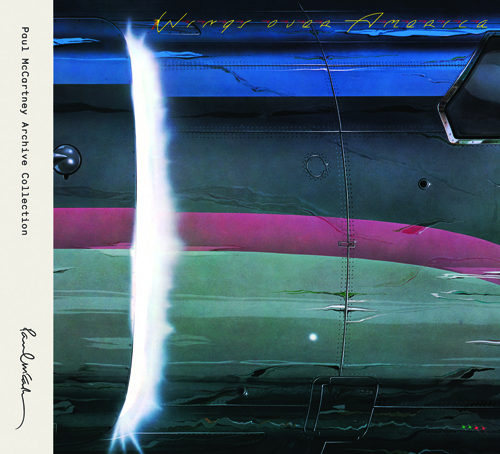Uncovering the Beatles: A series of demos unlocks The White Album
By NICK TAVARES
STATIC and FEEDBACK Editor
Somewhere, likely in England, lies a vault that probably looks as nondescript as just another two-family home or warehouse along a crowded street. Cars parked outside, kids playing tag, birds defacing statues and trees providing shade for dogs lying in yards, begging to not be disturbed.
Inside one of these unlikely vaults probably lies thousands of hours of magnetic tape, containing the skeletal beginnings of the masterworks of the Beatles, each minute a glimpse into the creative process of some of the century’s unquestioned masterpieces. While I may never personally make it to this mythical vault, any and all peeks into its contents are more than welcome. Any artifact culled from its proverbial shelves would be greatly appreciated, and recently, such an artifact finally made its way through traditional collector routes to me.
The artifact in question is a 23-track demo tape recorded in the privacy of George Harrison’s Kinfauns home in Esher in May, 1968. Armed with acoustic guitars, shakers and Harrison’s two-track recorder, the Fab Three (Ringo Starr was not present) proceeded to lay down acoustic takes of their new songs, most of whichwould surface on The White Album later that year.
The tracks (a few of which were released on the official Anthology 3) are widely bootlegged and are of very good sound quality. Through the magic of the Internet (isn’t this place grand?) the tapes finally found their way into my hot little hands, and my ears haven’t been given a break since.
![]()
The world surrounding Beatles session recordings is one of obsession. Naturally, being hailed almost uniformly, along with Bob Dylan, as the absolute masters of 20th century music, the desire to hear every spit and gurgle associated with the band would be that much greater than that of a more typical band. It’s not enough to hear the studio albums, there need to be concert tapes and studio demos that reveal the thought process, complete with pertinent chatter and discussion.
On this, received to me with an “Unplugged” label but shared in many different forms, the band is found at an important transitional time in their development. But what’s really fantastic about it is the fact that it’s enjoyable far more than just as a historical piece. The songs here, as they would be later, are engaging and intimate. It’s a compelling listen and a much-welcome window into their world at that time.
There’s something inherently charming about these tapes. The quick double-tracking present on the songs lead to some interesting moments, including Paul McCartney’s double-vocals falling hilariously out of sync on “Ob-La-Di, Ob-La-Da,” or the group vocals and hand claps on John Lennon’s “The Continuing Story of Bungalow Bill.”
Many of the songs take on a far more communal and bubbly air than their final versions. “I’m So Tired” is considerably more upbeat, complete with energetic “Whoo!” moments in the breaks. “Yer Blues” doesn’t yet have the desperate edge of its White Album counterpart, while “Revolution” is a bit quicker and much more hopeful sounding than later studio versions. Another Lennon track, “Child of Nature,” would undergo a drastic re-tooling just a few years later. Here, “Child of Nature” falls in line with the wistful fare that Lennon was writing at the time, a la “Cry Baby Cry” and “Julia.” Later, it would find new life as a re-charged declaration of his love as “Jealous Guy.”
As a testament to his growing importance in the band, Harrison is featured here as a near equal to Lennon and McCartney. Of the 23 songs present, five are Harrison’s, a greater percentage than he ever saw on a proper Beatles album. “While My Guitar Gently Weeps” and “Piggies” make their first appearances, “Not Guilty” and “Circles,” with its simple, moody organ accompaniment, were each shelved for a decade until their appearances on Harrison solo albums, and “Sour Milk Sea” never appeared on vinyl in any Beatles configuration — it was recorded by Apple label-mate Jackie Lomax later that year.
McCartney’s selections here seemed to be the most album-ready of the bunch. Of them, “Honey Pie,” “Blackbird,” “Mother Nature’s Son” and “Rocky Raccoon” remain very close to their proper studio versions. “Back in the USSR” has the same peppy feeling, though it’s far less supercharged without layers of electric guitars pushing it. “Junk” also makes its first appearance, and would later surface on McCartney, the album that signaled the official end of the Beatles.
But, to these biased ears, the highlight of the set is “Dear Prudence.” With just one guitar and double-tracked Lennon vocals, the elegance of the song shines through. It would later reach its apex when McCartney added his instantly recognizable bassline, but here, the simple beauty of Lennon’s message is burned into the listener’s psyche. The “look around” refrain coming out of the verses is just as distinct as ever. Towards the end, the guitar picks up tempo a bit and lays the groundwork for the album version’s frantic coda. Here, though, there’s just Lennon and his guitar, with the bonus of some chatter reflective of their recent trip to India.
Following that, there’s a quick take of “Sexy Sadie,” with Lennon’s unaccompanied “Oh, Sadie” the last lingering sounds to be heard.
I have been aware of these recordings for about five years before finally hearing them recently. In that time I’d looked around, checking record stores and on-line dealers whenever I was in the mood. It wasn’t a frantic search, but it was always in the back of my mind. To hear the Beatles unadorned and without pressure seemed like it would be a satisfying musical experience, if nothing else.
Satisfying, indeed. These demos capture John, Paul and George at one of their creative peaks. And the warm, sunny vibe of the days they were recorded are reflected in the tapes. There’s no pressure here for the next hit single, there’s no photo shoots, no screaming fans. The layers of guitars, keys, drums and synthesizers would come later, as would the meticulous dissection of lyrics, chord changes and timestamps.
No, here, there are just three friends with guitars, trying out new songs and new ideas, free from pressure or scrutiny. Here, the music played is music loved, and the love shared burns brighter than they ever could have imagined.
E-mail Nick Tavares at nick@staticandfeedback.com














